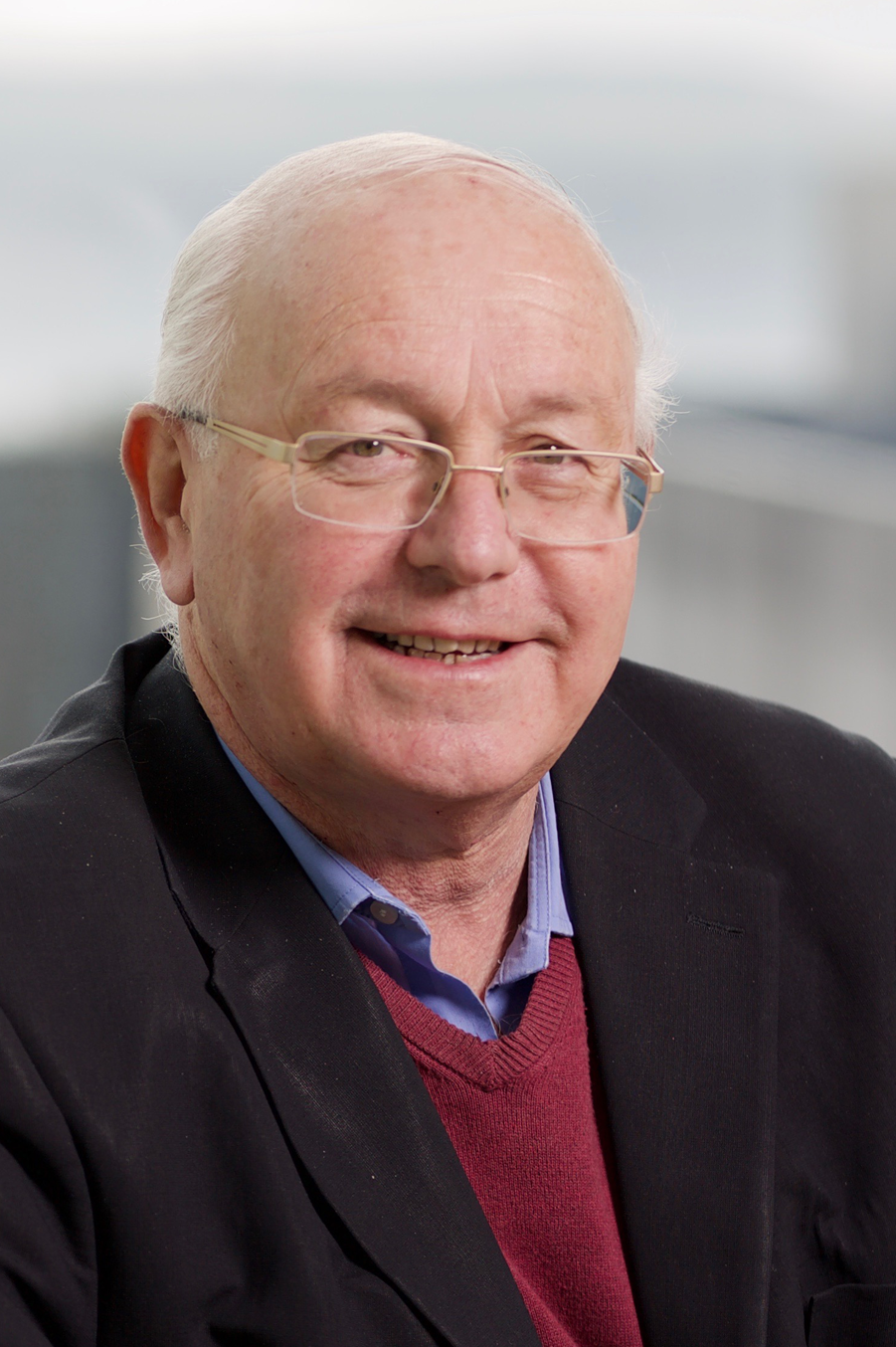
About five years ago, researchers in Philip Cohen’s lab discovered that a family of protein kinases, termed the Salt-Inducible Kinases (SIKs), keep macrophages in the pro-inflammatory state needed to combat infection, and that compounds suppressing SIK activity switch macrophages to an anti-inflammatory state that is critical for the resolution of inflammation. They also identified the underlying molecular mechanism: see here and here. These findings suggested that drugs that inhibit SIKs might improve the treatment of chronic inflammatory diseases, such as rheumatoid arthritis, and the race is on to see whether this dream can be turned into reality.
A class of SIK inhibitors developed by Nathanael Gray at Harvard Medical School has subsequently been used by many researchers to understand the other roles played by SIKs in biology. A research team led by Henry Kronenberg found that SIK inhibitors increase bone mass and may therefore be useful for the prevention and treatment of osteoporosis. Now David Fisher’s lab have found that the production of melanin in the skin is greatly enhanced by switching off SIK activity suggesting an entirely new application for these compounds.
When skin is exposed to sunlight, the UV radiation damages our DNA and increases the risk of skin cancer. To protect against the damaging effects of sunlight, cells in our skin called melanocytes produce a dark pigment called melanin, which absorbs light and dissipates UV radiation, reducing the risk of skin cancer. With over 100,000 new cases of skin cancer diagnosed in the UK alone each year, and the incidence of skin cancer continuing to grow worldwide, new treatments that enhance protection against UV radiation are urgently needed.
The production of melanin is stimulated by a transcription factor called MITF. The Fischer lab found that treating melanocytes with SIK inhibitors enhanced the production of MITF in the absence of sunlight, while another SIK inhibitor that penetrates the skin more easily, promoted melanin production when applied to the skin of mice in a cream. When the treatment was stopped, the skin pigmentation faded back to its original colour, similar to a suntan fading without repeated exposure to sunlight. This inhibitor was also effective at inducing skin pigmentation in human skin.
Switching off SIK activity is the first method to be identified that stimulates tanning, without any exposure to the damaging effects of UV radiation. In addition to cosmetic applications, tanning induced by SIK inhibitors may therefore provide an entirely new way to protect against UV radiation and skin cancer.
Commenting on these findings Philip Cohen said “One of the fascinations of fundamental research is that one can never predict what it will eventually lead to and how the results may be exploited in the future to benefit human health and create wealth. When my lab discovered the role of SIKs in the immune system and identified the first inhibitors of these enzymes, we had no idea that they might have so many potential uses and the creation of a “fake” suntan to protect against skin cancer was not remotely on our radar!”

